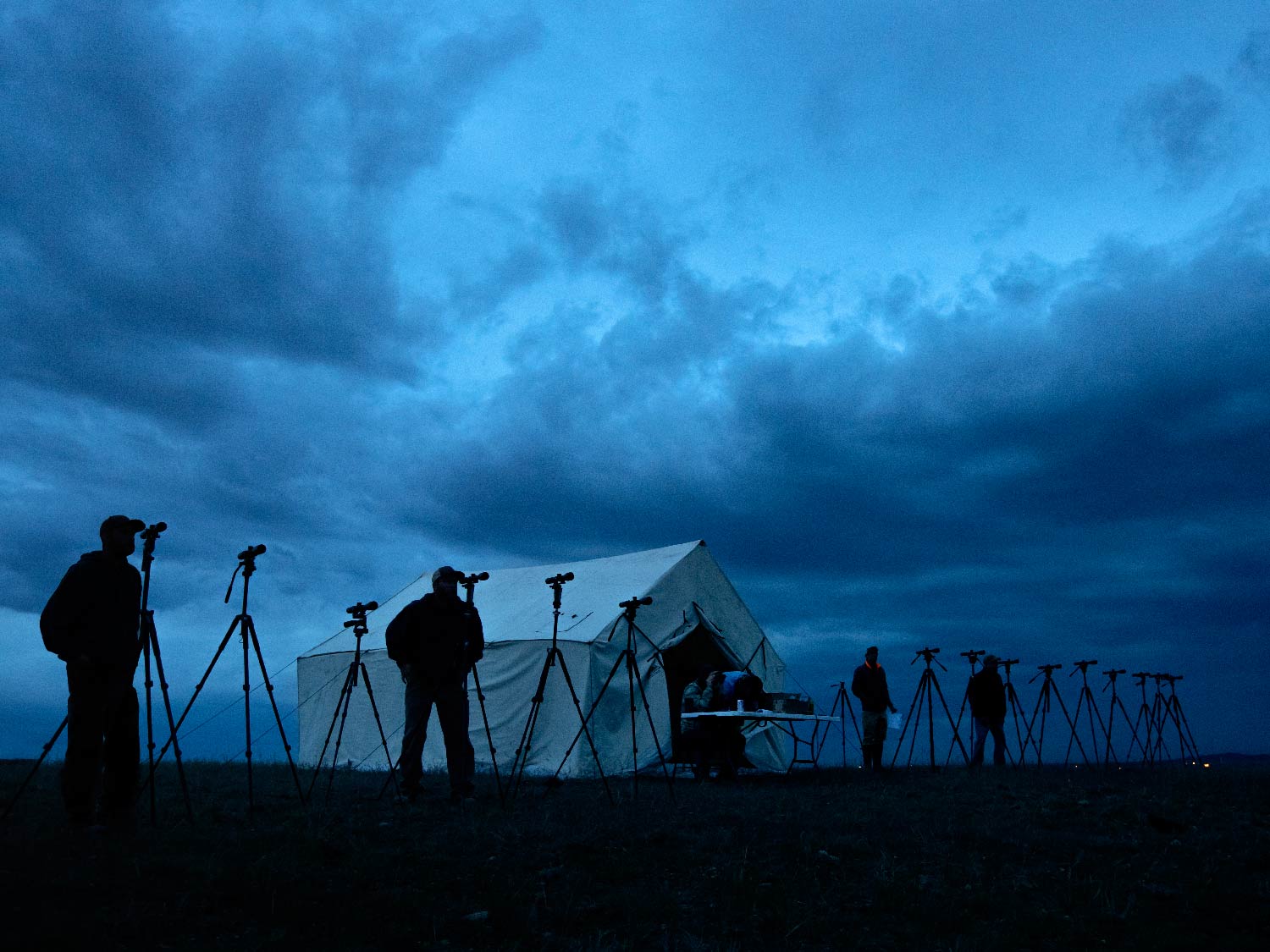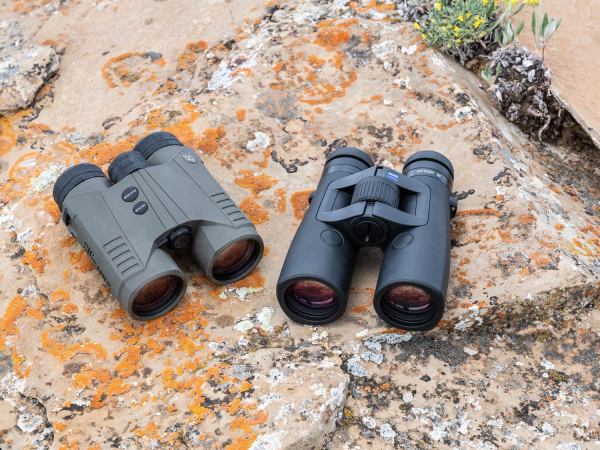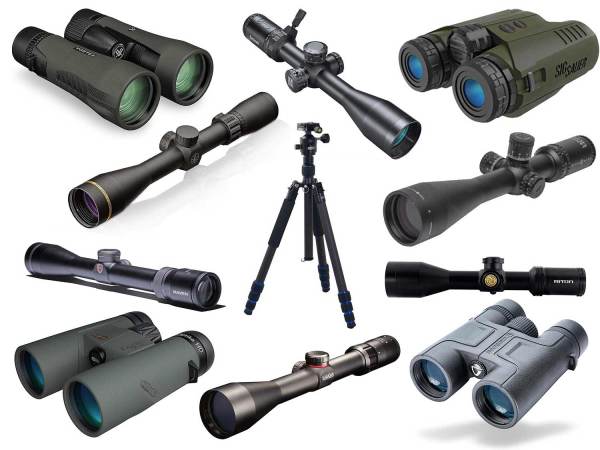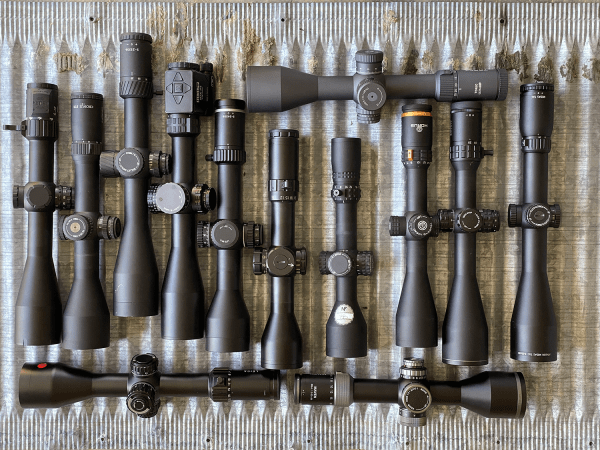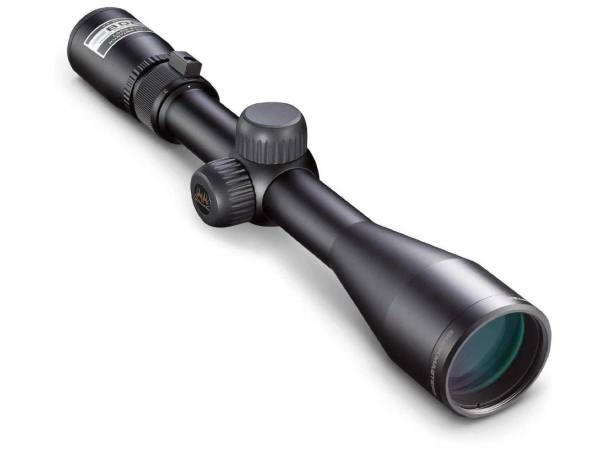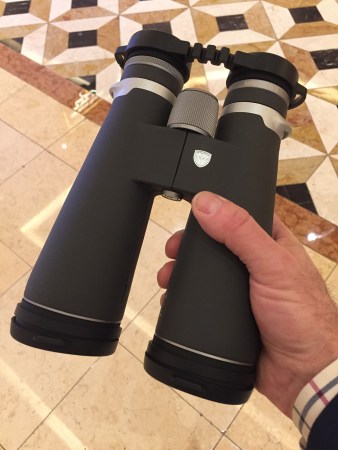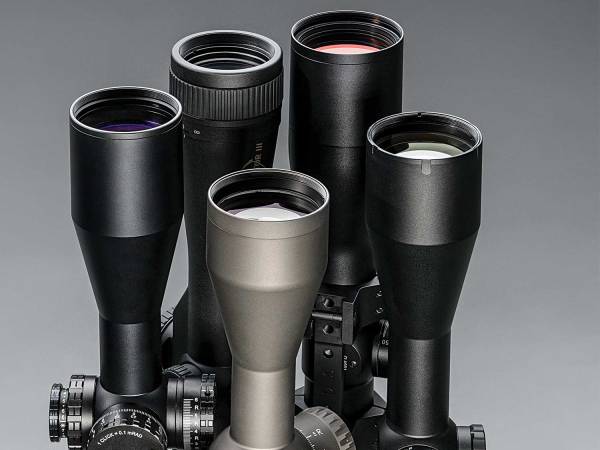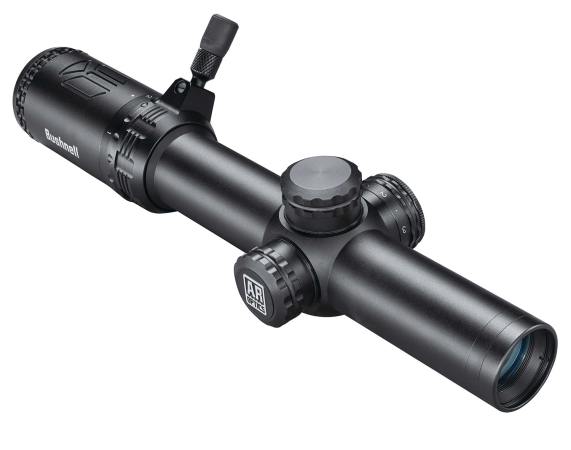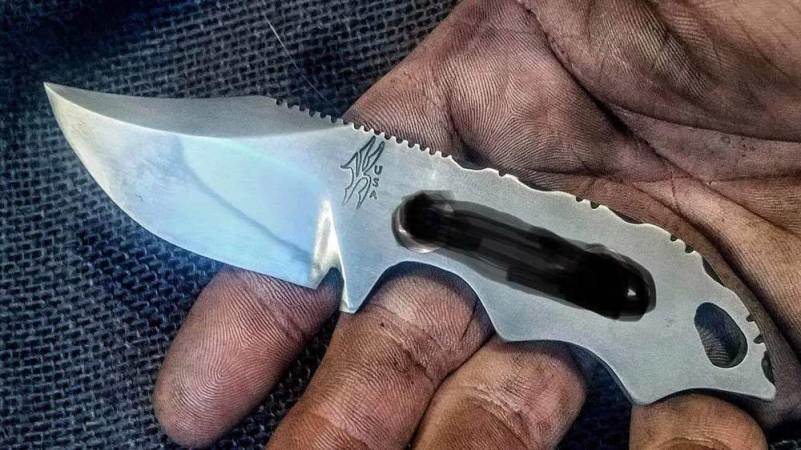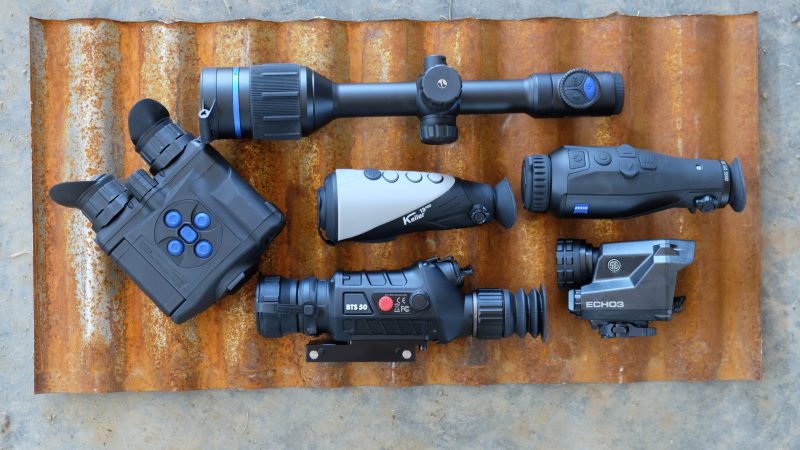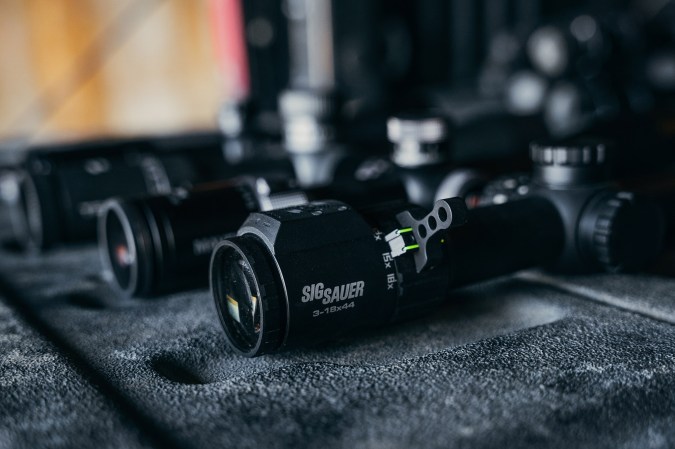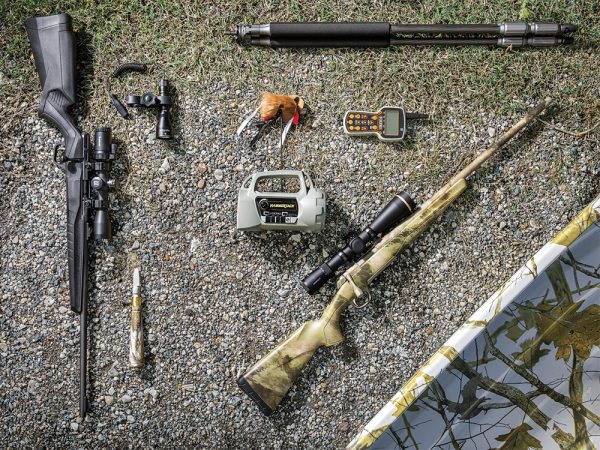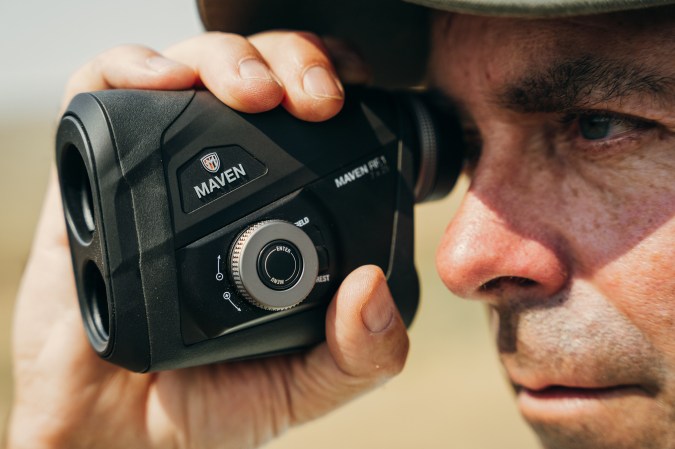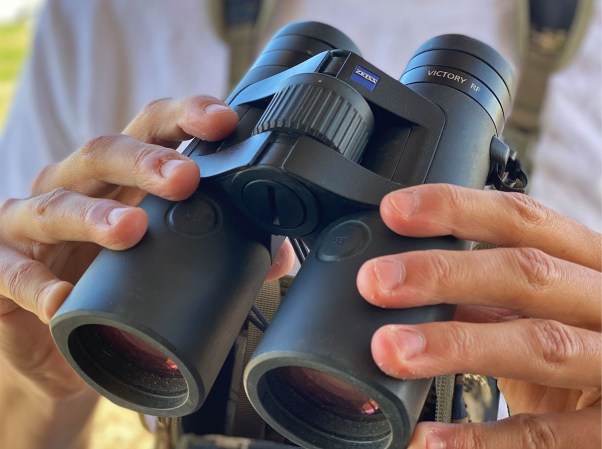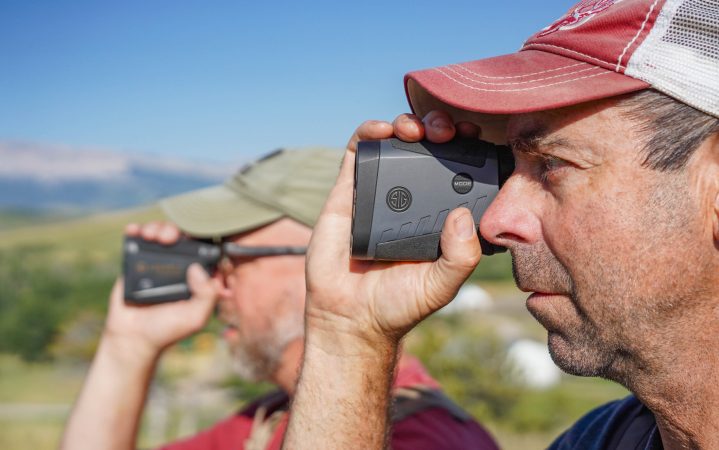We may earn revenue from the products available on this page and participate in affiliate programs. Learn More ›
Anatomical change, like bankruptcy, happens gradually and then suddenly. Years go by with small tweaks—to a metatarsal bone or a savings account—and then a bad break can undo them both. The same can be said of our sporting optics; this year, there are some tiny, useful evolutions of both internal and external anatomy, and some quantum leaps in design and performance.
We declared the death of the duplex reticle last year, and before that, the demise of the 3X–9X riflescope. A decade ago, we cheered the departure of the porro-prism binocular, replaced by the compact and durable roof prism. What optical trend is in its twilight this year? The simple and the modest are on life support, replaced by scopes with gee-whiz reticles and uber-turrets, and binoculars with integrated laser rangefinders and Bluetooth.
Companies making these products are meeting a demand for specialization, to help customers shoot farther and better, to move more nimbly, and to pay less for good-quality glass. But don’t assume all optics in this year’s test are built for a narrow niche. You’ll see some excellent crossover scopes that are suitable for shooting distant targets and close-up deer. You’ll also see a growing trend: the integration of electronics.
We categorized optics according to how you shop for them. In riflescopes, we split precision target scopes and versatile crossover scopes. We divided binoculars into those large, high-magnification units suited for tripods versus those designed to be carried and held by hand. And we reviewed most of the laser rangefinding binoculars on the market to provide prospective buyers with a sense of the capabilities of all units, not just those new for this year.”
Top Hunting and Precision Riflescopes
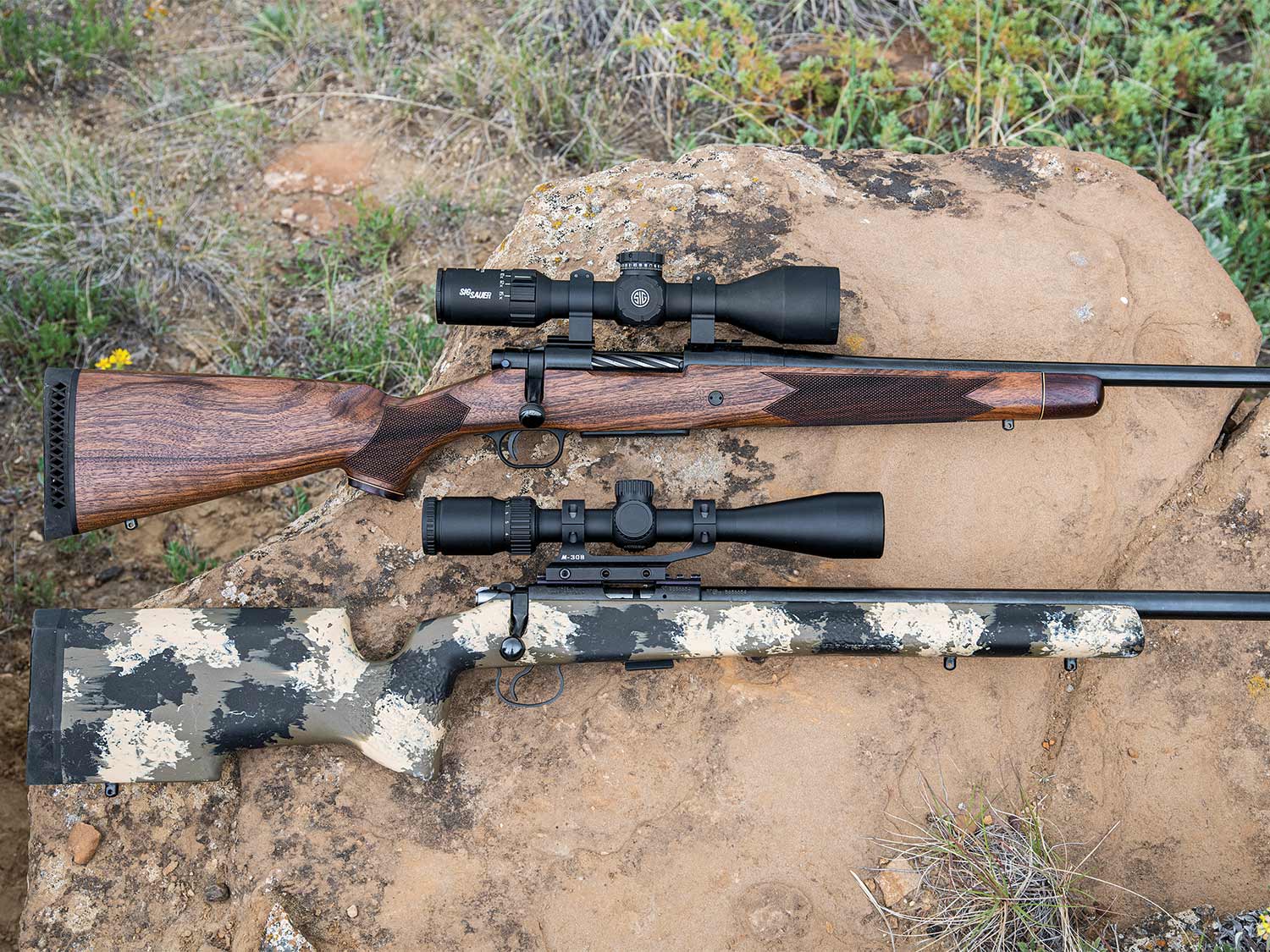
Top Midsize and Fullsize Hunting Binoculars
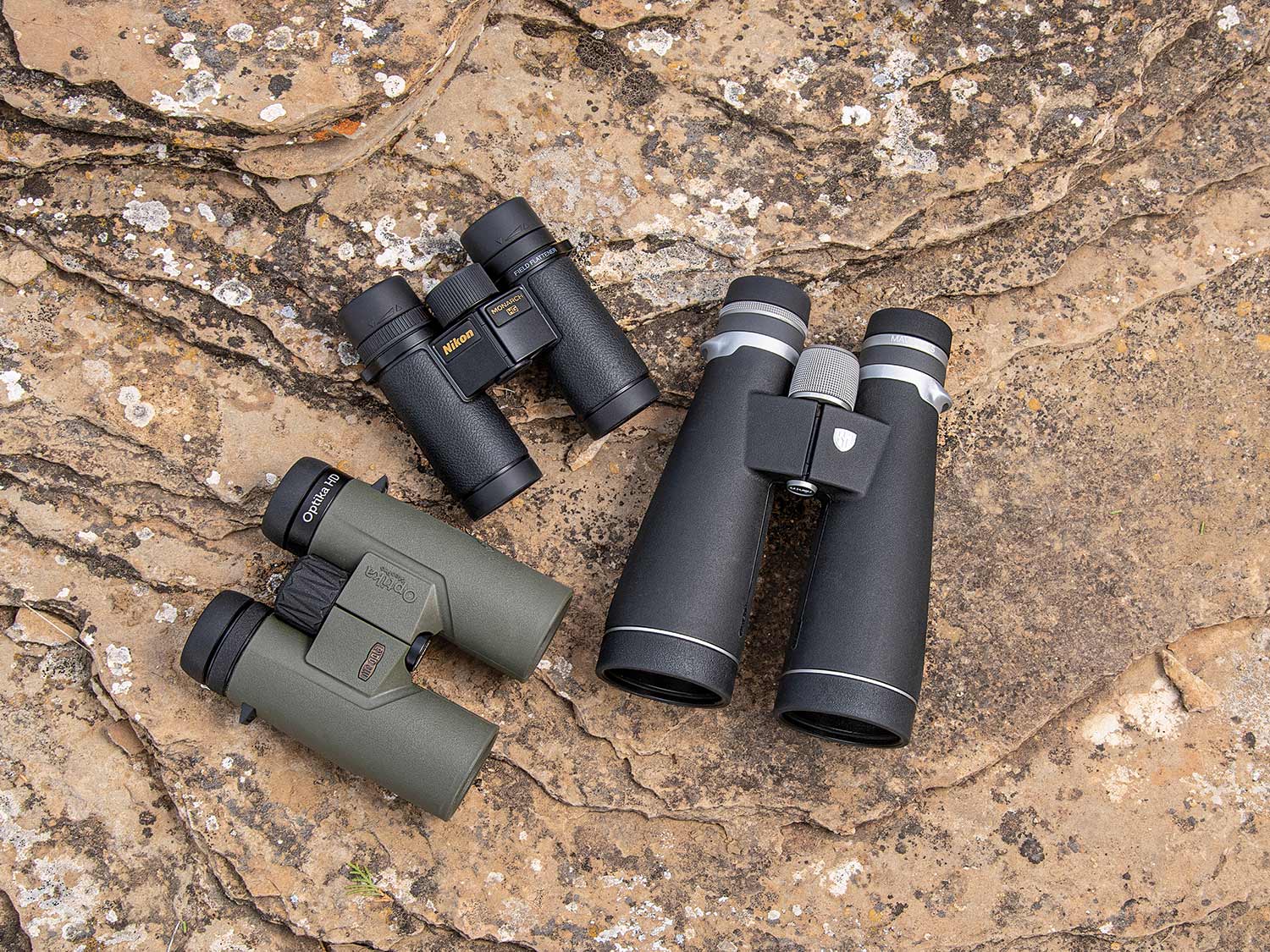
Top Spotting Scopes
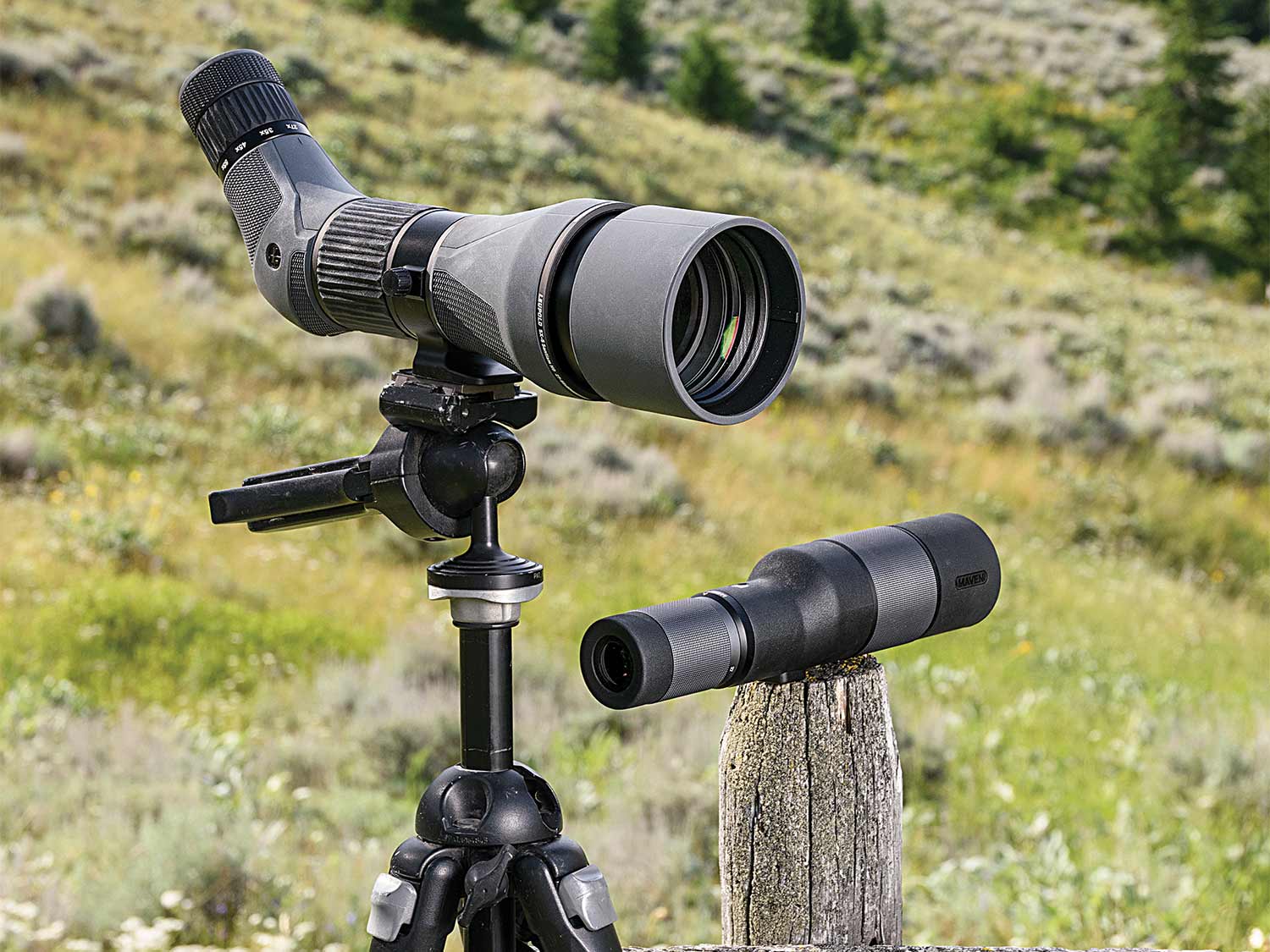
Top Rangefinding Binoculars
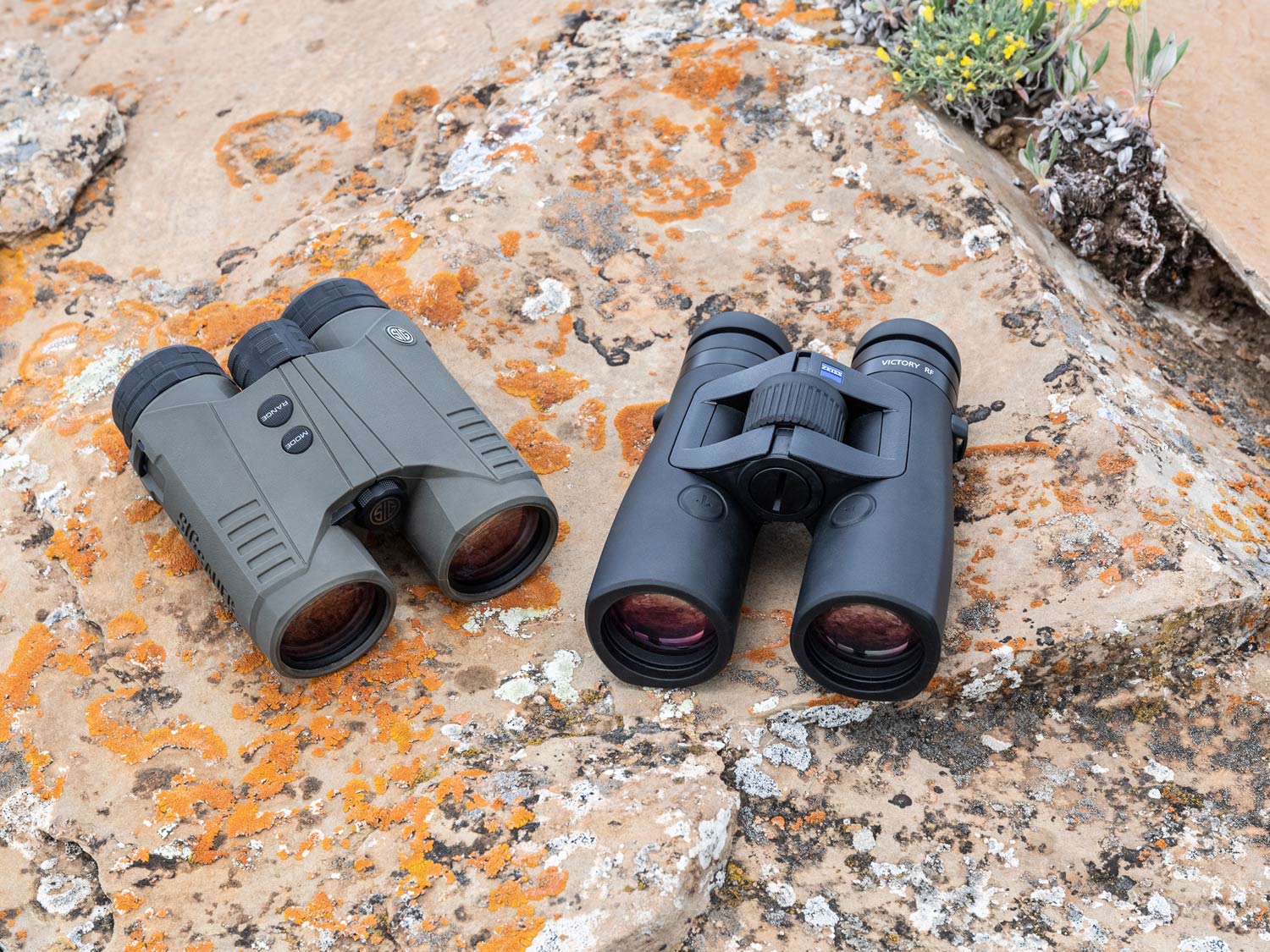
How We Test Hunting Optics
This is a test of sporting optics, so our evaluation mimics real-world conditions where possible. Those tend to be situational and subjective. But this is also a test of optical quality and mechanical precision, and those attributes are scored through objective investigation.
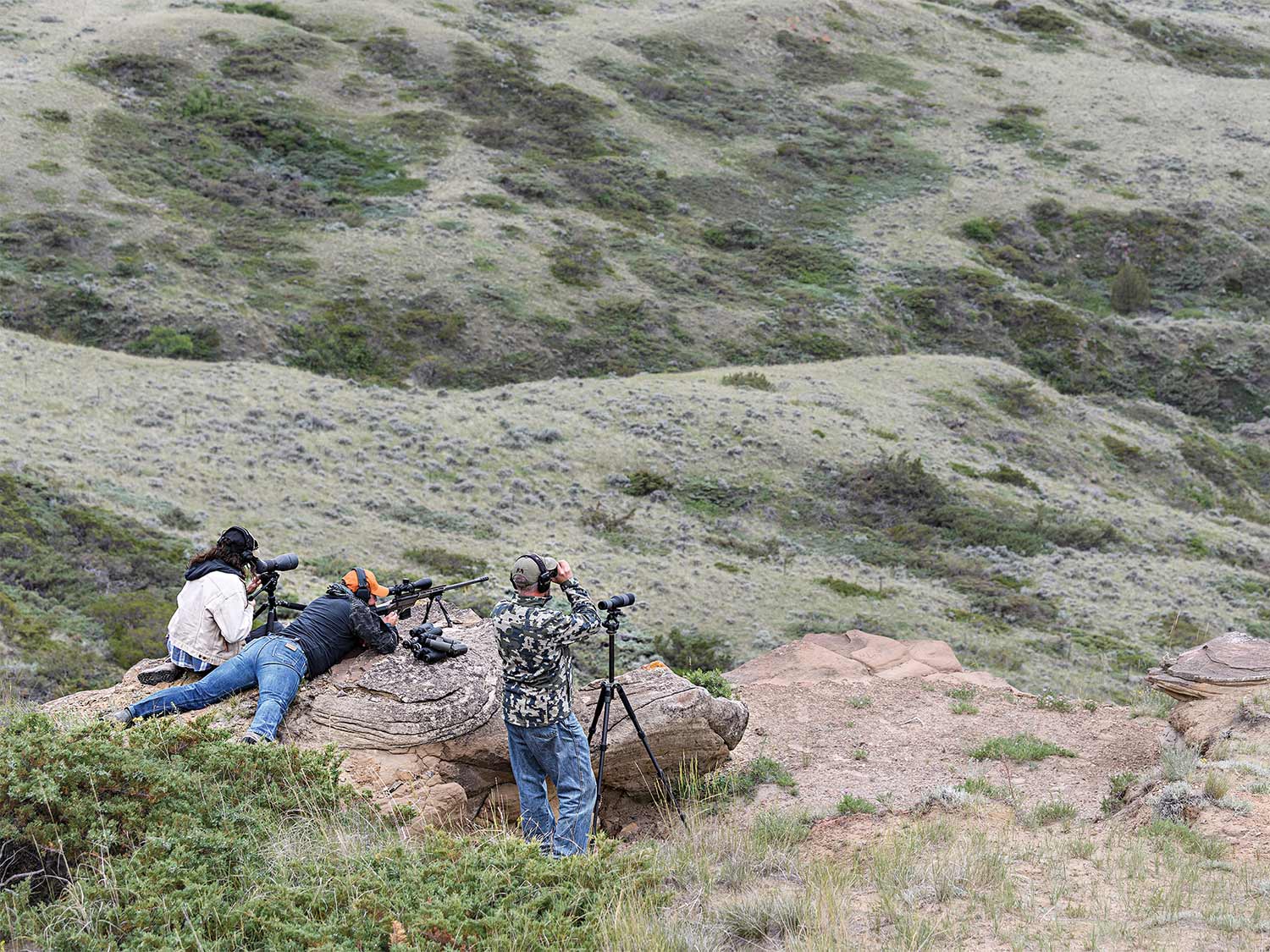
Taking the latter point first, we test the optical resolution of every submission using the industry standard, a black-and-white 1951 Air Force Resolution Target. This test reveals the quality of the glass, precision of the optical design, and richness of the image, but also flaws such as aberrations or insufficiencies in coatings that can show up as flaring or distortion in the field.
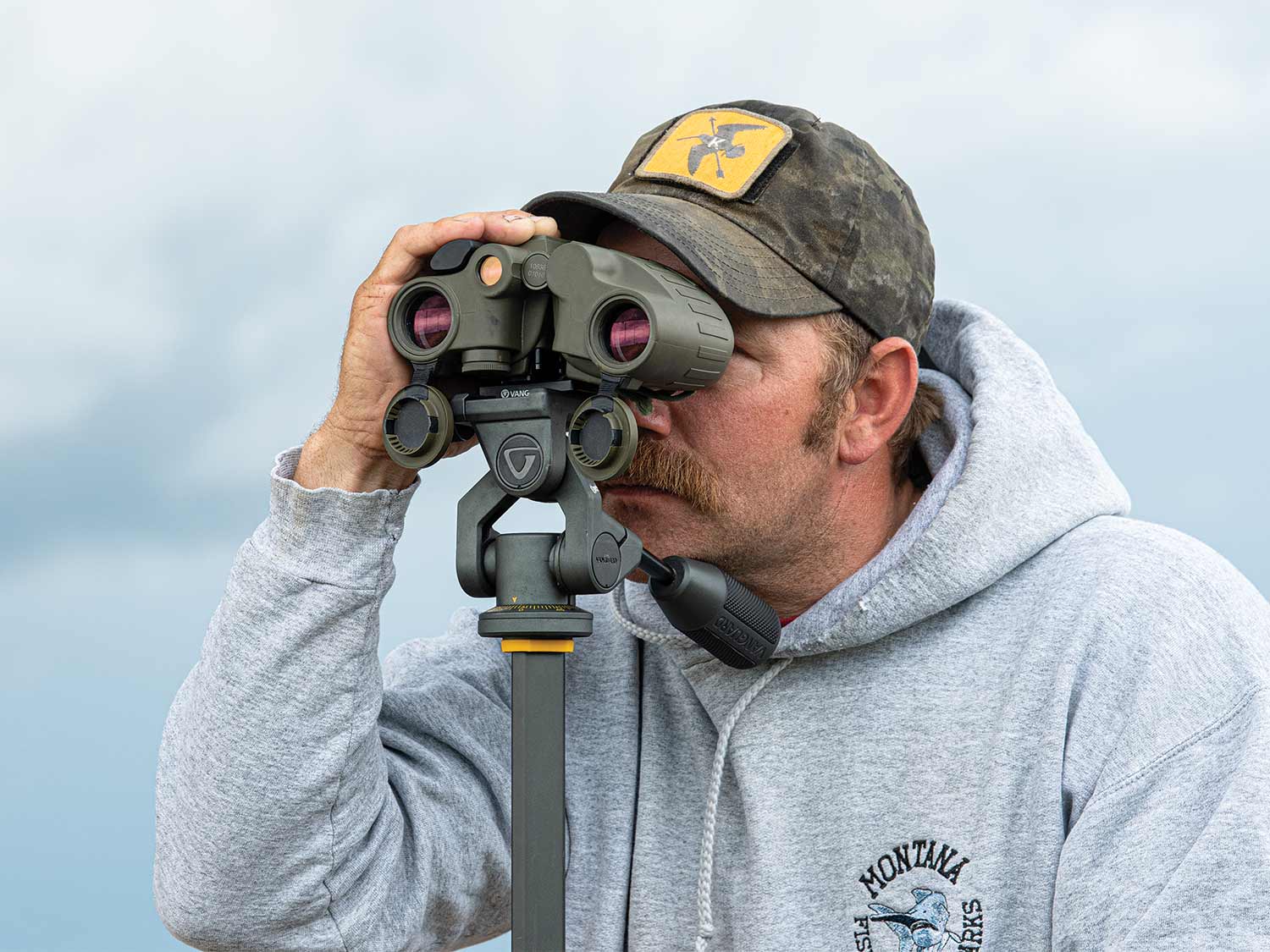
Because having optics that perform well at first and last light, when animals are most active, is a priority for hunters, we test the low-light performance of all submissions. We mount all optics, including binoculars where possible, on tripods (riflescopes are all set to 6X; spotters on their lowest magnification), point them at the black-and-white resolution target downrange, and record the length of time they can continue to see the contrasting lines as night falls. We do this on multiple evenings and average the results. Optics that last the longest get the best low-light scores.
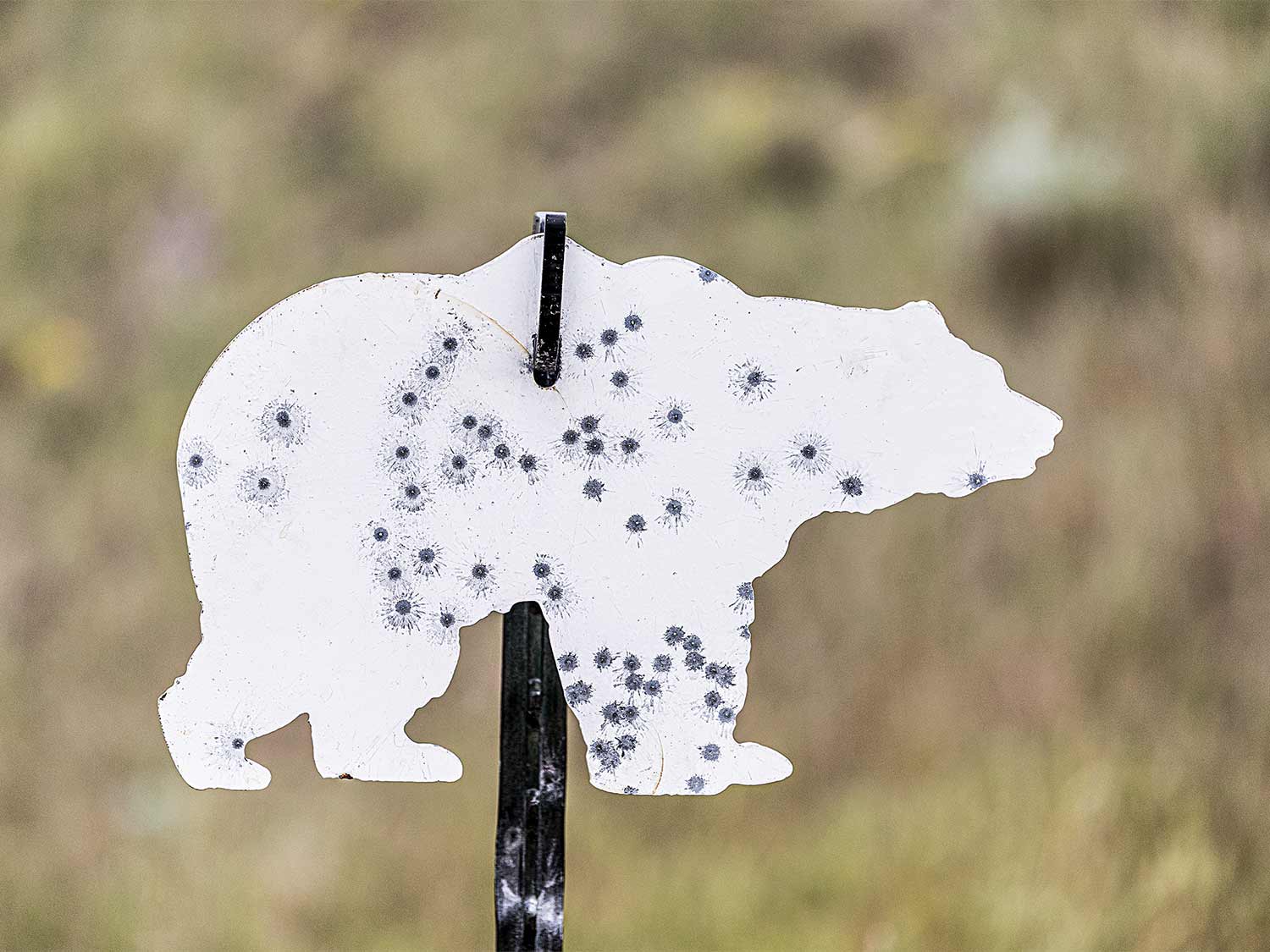
Because riflescopes are designed as precision aiming devices, we mount them to rifles and shoot. We use precision .22s, and evaluate reticle references as well as the repeatability of controls (turret, parallax, magnification, and illumination) by shooting a course of steel plates out to 232 yards. For our rangefinding binocular test, we create a course of targets varying in surface type and distance from 10 yards to 5,000 yards. We use Steiner’s military-grade M830r rangefinder, capable of ranging targets beyond 6,000 yards, to set standards for each distance, then measure each submission’s ranging power, precision, and processor speed against the Steiner (pictured below).
For all optics, testers evaluate ergonomics, durability, versatility, ease of use, and innovation. The optic in each category with the highest score wins our Editor’s Choice award. The optic with the highest value score wins our Great Buy award.

